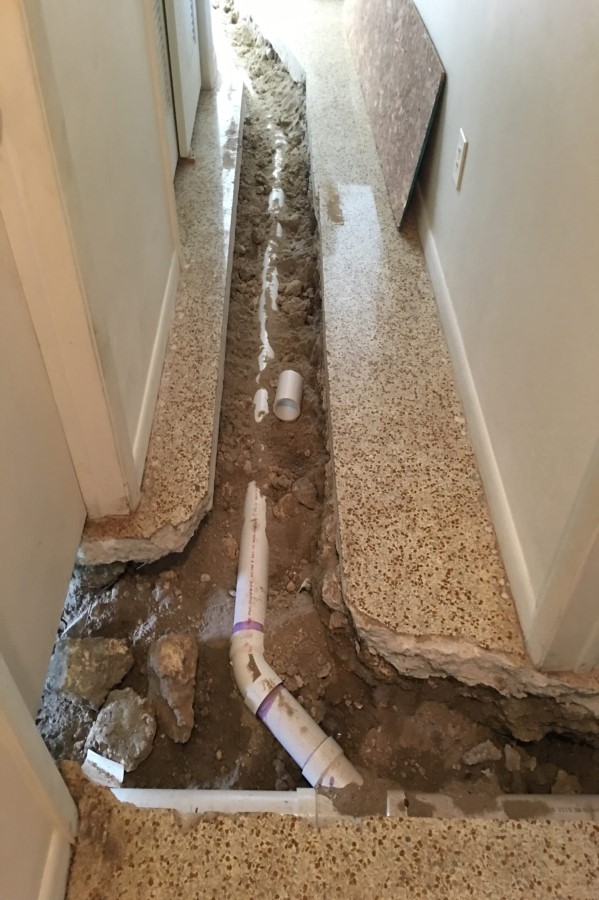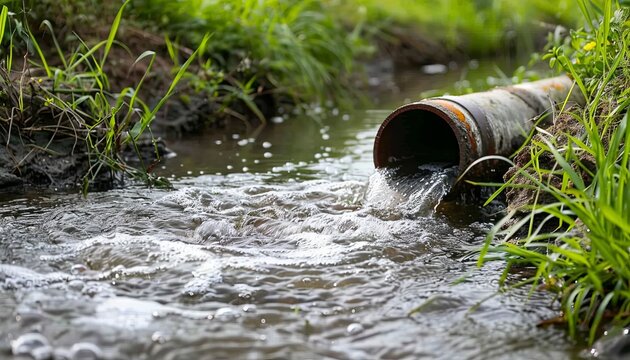Burst Pipe Insurance Claims: What You Need to Know for Water Damage Coverage
Burst Pipe Insurance Claims: What You Need to Know for Water Damage Coverage
Blog Article
Preventing Ruptured Pipes: Essential Tips to Protect Your Plumbing
Protecting against ruptured pipelines is a crucial issue for property owners, particularly throughout chillier months when the risk of cold is heightened. Executing calculated procedures such as correct insulation, regular inspections, and preserving consistent indoor temperature levels can substantially lower the likelihood of pipe failure. Furthermore, understanding emergency situation treatments furnishes home owners to respond swiftly to possible pipes concerns. Numerous are not aware of the particular vulnerabilities that their pipelines may deal with. Discovering these susceptabilities can offer very useful insights into safeguarding your pipes system successfully.
Understand Pipe Vulnerabilities
Recognizing pipeline susceptabilities is important for reliable pipes upkeep and avoiding expensive damage. Several elements add to the sensitivity of pipelines to bursts, including product composition, age, and ecological conditions. Older pipelines, especially those made from galvanized steel or polybutylene, frequently degrade with time, leading to boosted danger of ruptures and leaks.
Temperature level fluctuations can likewise significantly effect pipeline honesty. In chillier environments, water trapped in pipelines can ice up, broadening and exerting pressure on the pipe wall surfaces, which may inevitably bring about a burst. In addition, high water stress can strain pipes, especially at joints and bends, increasing the possibility of failing.

Insulate Water Lines Effectively
Appropriate insulation of pipelines is critical for preventing freezing and subsequent ruptureds throughout cool weather condition (burst pipe). Protecting your pipes system successfully safeguards against temperature goes down that can cause pricey damages. Begin by identifying susceptible locations where pipes are subjected to outside temperatures, such as cellars, attics, and exterior walls
Use foam pipe insulation sleeves or cover insulation tape around these locations to provide a safety obstacle. Guarantee that all sections of the pipelines, particularly those with minimal warmth exposure, receive ample insulation. Pay unique interest to installations and joints, as these are a lot more susceptible to freezing.
When insulating, it's important to pick products that satisfy neighborhood building codes and are proper for the particular atmosphere. Fiberglass insulation is often recommended for its thermal resistance properties. Additionally, consider making use of warmth wires or tape in extreme conditions, which can be plugged in to give supplementary warm
On a regular basis check protected pipes for any indicators of wear or damages, as jeopardized insulation can diminish its performance. By taking these proactive actions, you substantially decrease the risk of pipeline bursts, making certain a trusted pipes system throughout the winter season.
Maintain Regular Temperature Level
A steady interior temperature level is necessary for stopping ruptured pipes throughout the frigid months. When temperature levels decrease, water within pipelines can ice up, broadening and creating pressure that may eventually trigger the pipelines to burst.Using a programmable thermostat can aid manage interior temperatures effectively, making sure that areas with pipes stay cozy even when the house is unoccupied.
Furthermore, it is prudent to enable faucets to leak somewhat during severe cold snaps. This minor circulation of water can avoid cold by relieving pressure within the pipes. Additionally, during specifically severe climate occasions, take into consideration briefly putting on hold any type of nighttime obstacles on your thermostat to preserve a consistent warm setting. By implementing these strategies, homeowners can substantially content minimize the risk of pipeline bursts and safeguard their plumbing systems versus the harsh wintertime components.
On A Regular Basis Check Pipes
Normal inspections of pipes systems are crucial for stopping ruptured pipes and preserving overall home stability. Routine checks enable house owners to determine possible issues before they read what he said escalate into pricey repair services or major water damages. During these evaluations, it is essential to check out visible pipes for indicators of corrosion, leakages, or put on. Pay unique focus to locations vulnerable to cold, such as cellars, attics, and exterior walls.
In addition, examining joints and links is vital, as these factors are frequently prone to leakages. Homeowners must likewise analyze water stress levels, as extreme pressure can strain the pipes system and raise the danger of pipeline bursts.
Take into consideration organizing specialist plumbing examinations at least as soon as a year, particularly prior to winter months, to ensure your system is prepared for cooler temperatures. By being aggressive in your method, you can protect your home versus the costly and turbulent consequences of burst pipelines.
Know Emergency Procedures
Comprehending emergency situation treatments is important for every property owner, especially after performing regular plumbing assessments. Being prepared for a plumbing emergency situation can considerably minimize damage and save costs.
Next, maintain important devices handy. A pipes emergency situation package must include a wrench, bettor, and towels, as well as a flashlight and a pail for small leaks. In addition, take into consideration having the get in touch with information for a relied on plumbing readily offered, should the situation escalate beyond your control.
If you identify a leak or burst pipe, instantly click over here now switch off the water and notify your plumbing. Furthermore, record the damage with photos for insurance coverage objectives. burst pipe. Understand the indicators of possible pipes concerns, such as uncommon water stress changes or damp places on wall surfaces
Ultimately, proactive knowledge and quick activity are essential in taking care of pipes emergency situations, guaranteeing your home stays protected and decreasing potential damages.

Verdict
To conclude, stopping ruptured pipelines requires a multifaceted approach that includes understanding pipeline susceptabilities, appropriate insulation, maintaining consistent interior temperature levels, regular evaluations, and knowledge of emergency procedures. By implementing these vital methods, the risk of pipes failures can be dramatically minimized, thereby making certain the longevity and performance of the plumbing system. Proactive procedures not just protect versus possible damages however additionally add to general water conservation and the security of residential or commercial property.
In chillier environments, water caught in pipes can freeze, applying and broadening stress on the pipeline wall surfaces, which might inevitably lead to a burst. When temperatures drop, water within pipelines can freeze, expanding and developing stress that might eventually cause the pipes to ruptured. By applying these methods, home owners can significantly reduce the risk of pipeline ruptureds and guard their pipes systems against the extreme wintertime elements.

Report this page